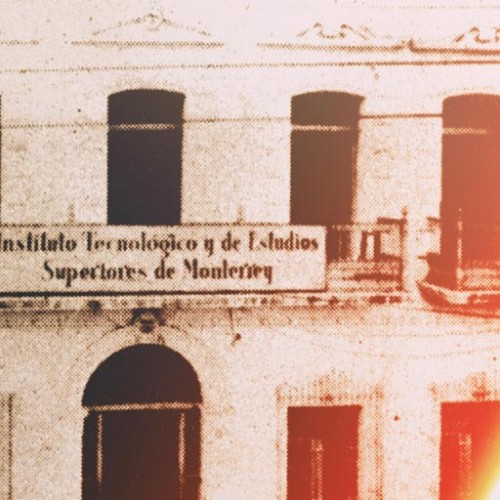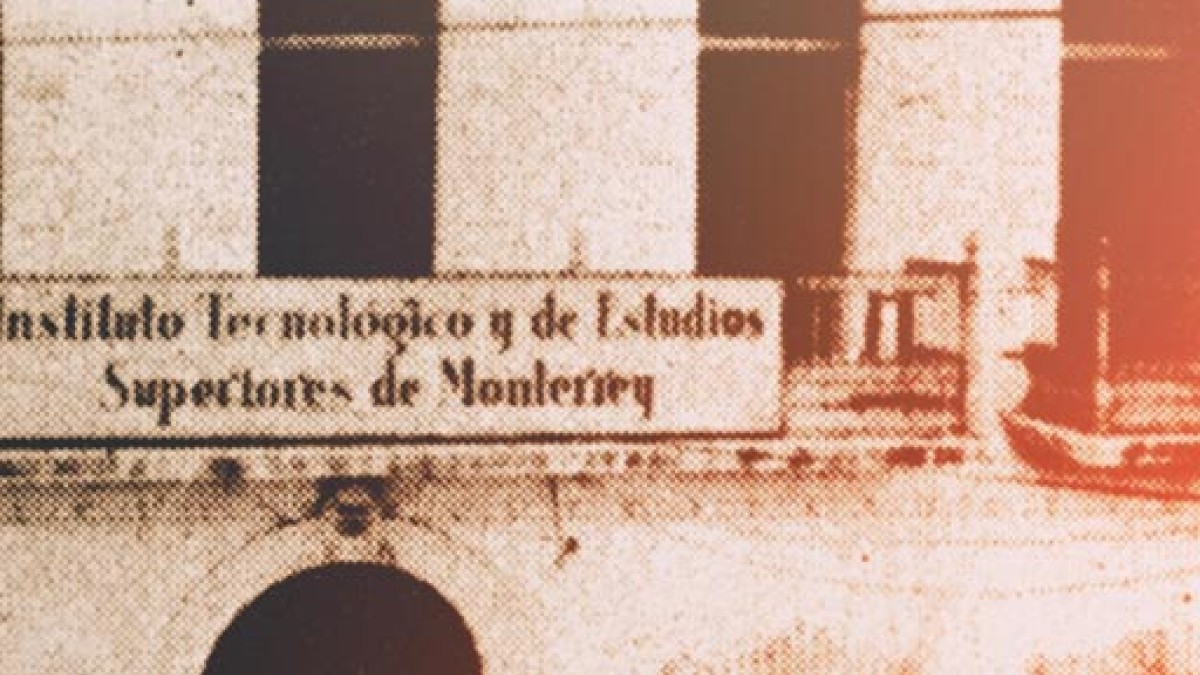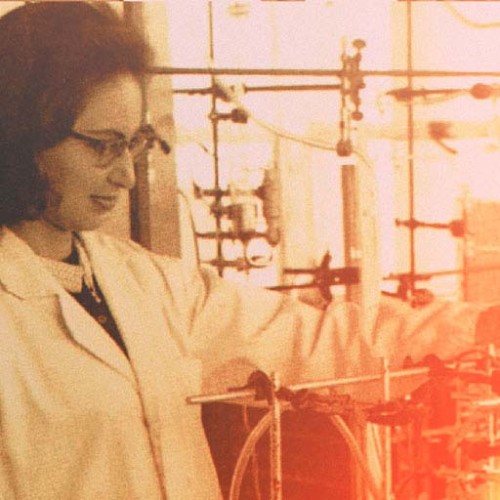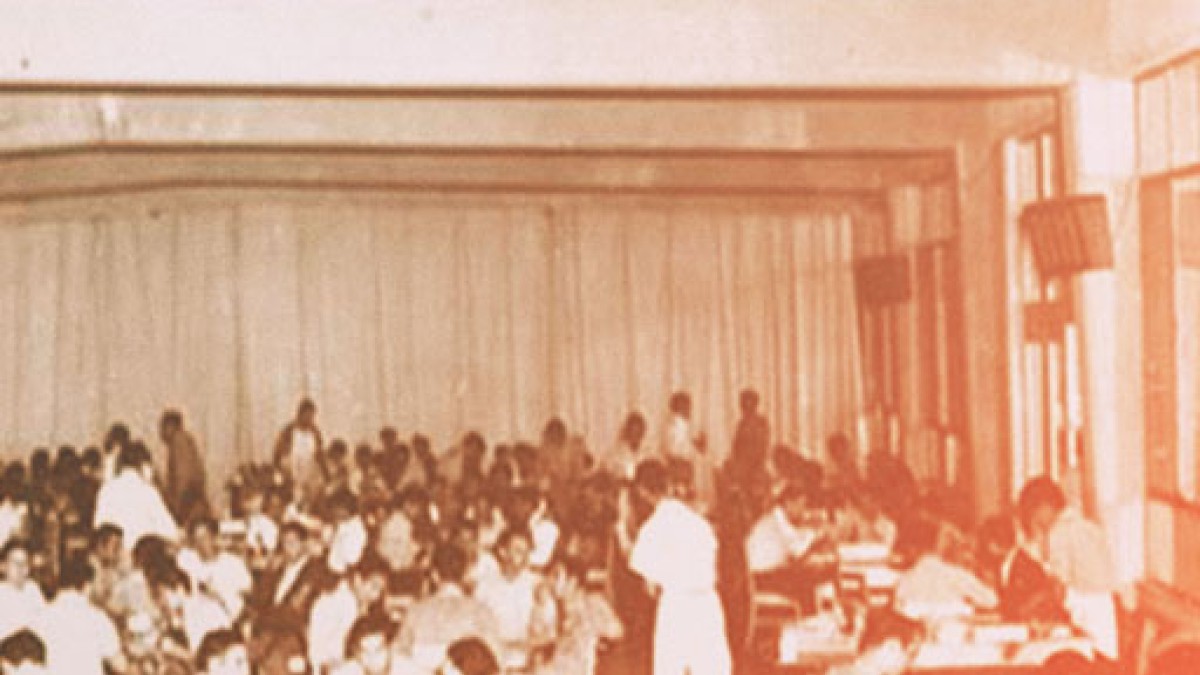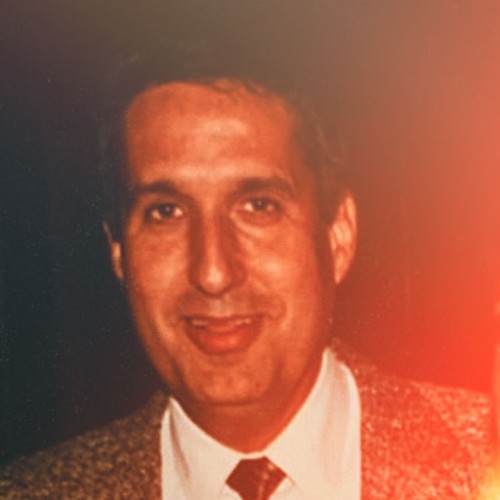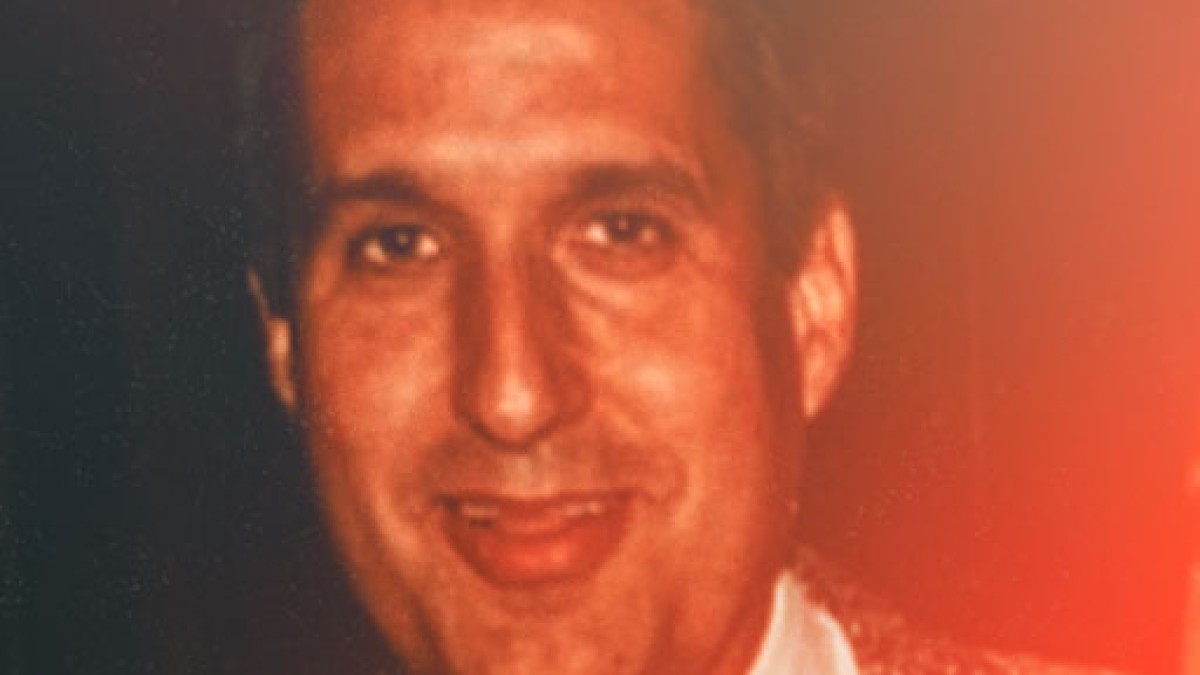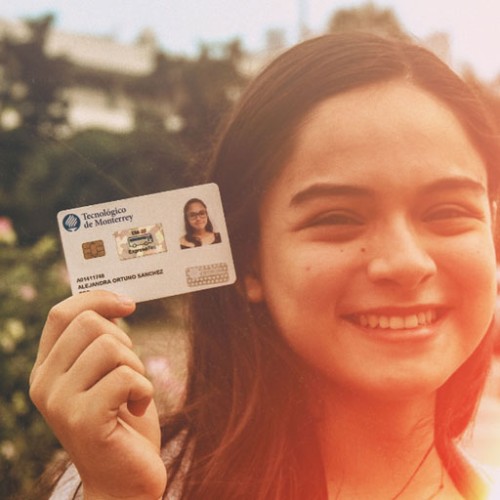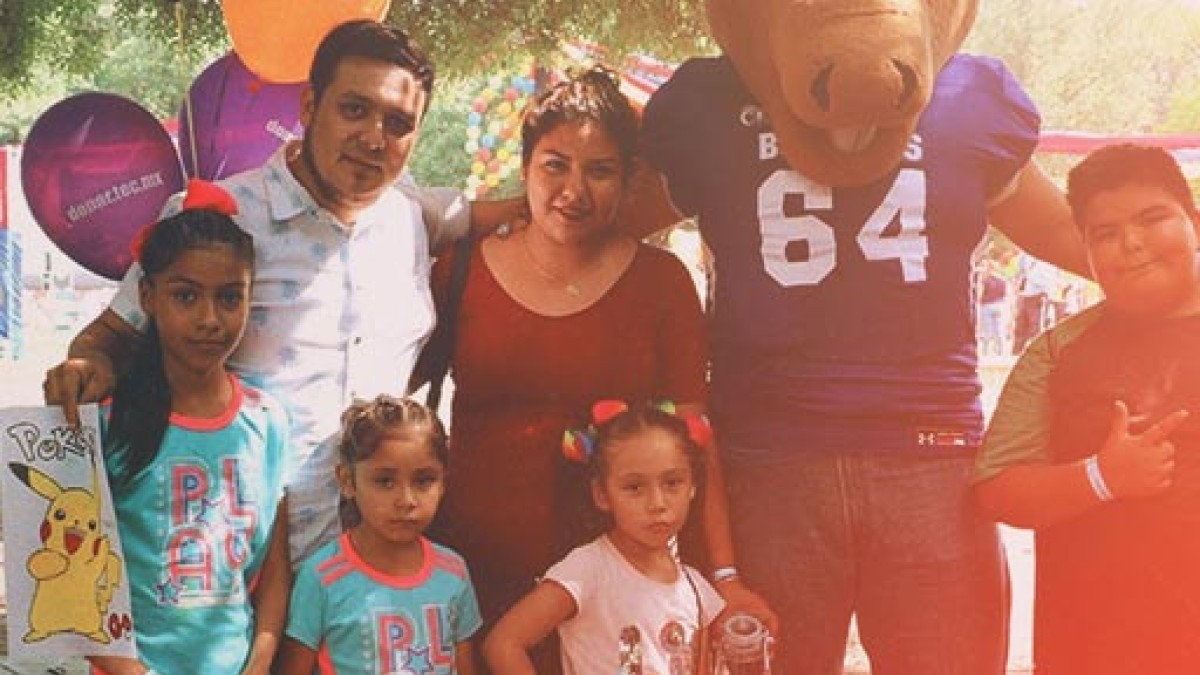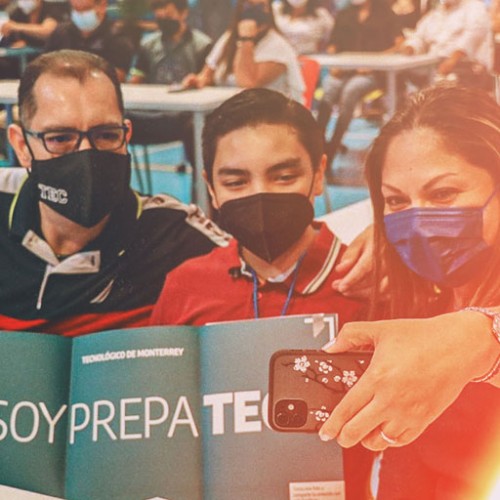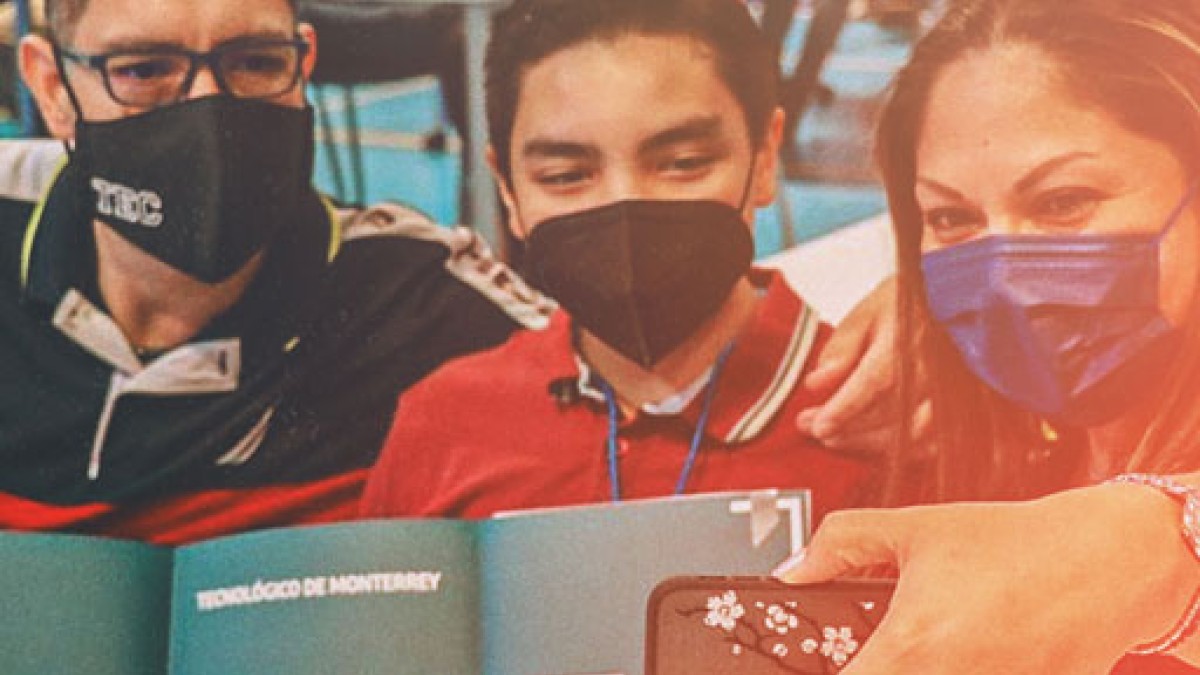El Tecnológico de Monterrey fue fundado en 1943 gracias a la visión de don Eugenio Garza Sada y de un grupo de empresarios, quienes constituyeron una asociación civil denominada Enseñanza e Investigación Superior, A. C.
El Tec es una institución de carácter privado, sin fines de lucro, independiente y ajena a partidarismos políticos y religiosos.
La labor del Tec de Monterrey y de todos sus campus es apoyada por asociaciones civiles, integradas por un numeroso grupo de destacados líderes de todo el país comprometido con la calidad de la educación superior.
Cada año, los consejeros de estas asociaciones civiles se reúnen para establecer las metas que deben orientar las grandes decisiones, dirigidas a que el Tecnológico de Monterrey cumpla con su objetivo de convertirse en motor de desarrollo de las comunidades y del país.
El Tec de Monterrey cuenta con el apoyo de la comunidad nacional, que participa en los sorteos que la propia institución organiza para ampliar el programa de becas y la inversión en infraestructura.
Para su funcionamiento como institución educativa, el Tec de Monterrey goza del estatuto de Escuela Libre Universitaria.
A 80 años de la fundación del Tec de Monterrey, estos son algunos de los principales acontecimientos históricos que distinguen a nuestra Institución.
